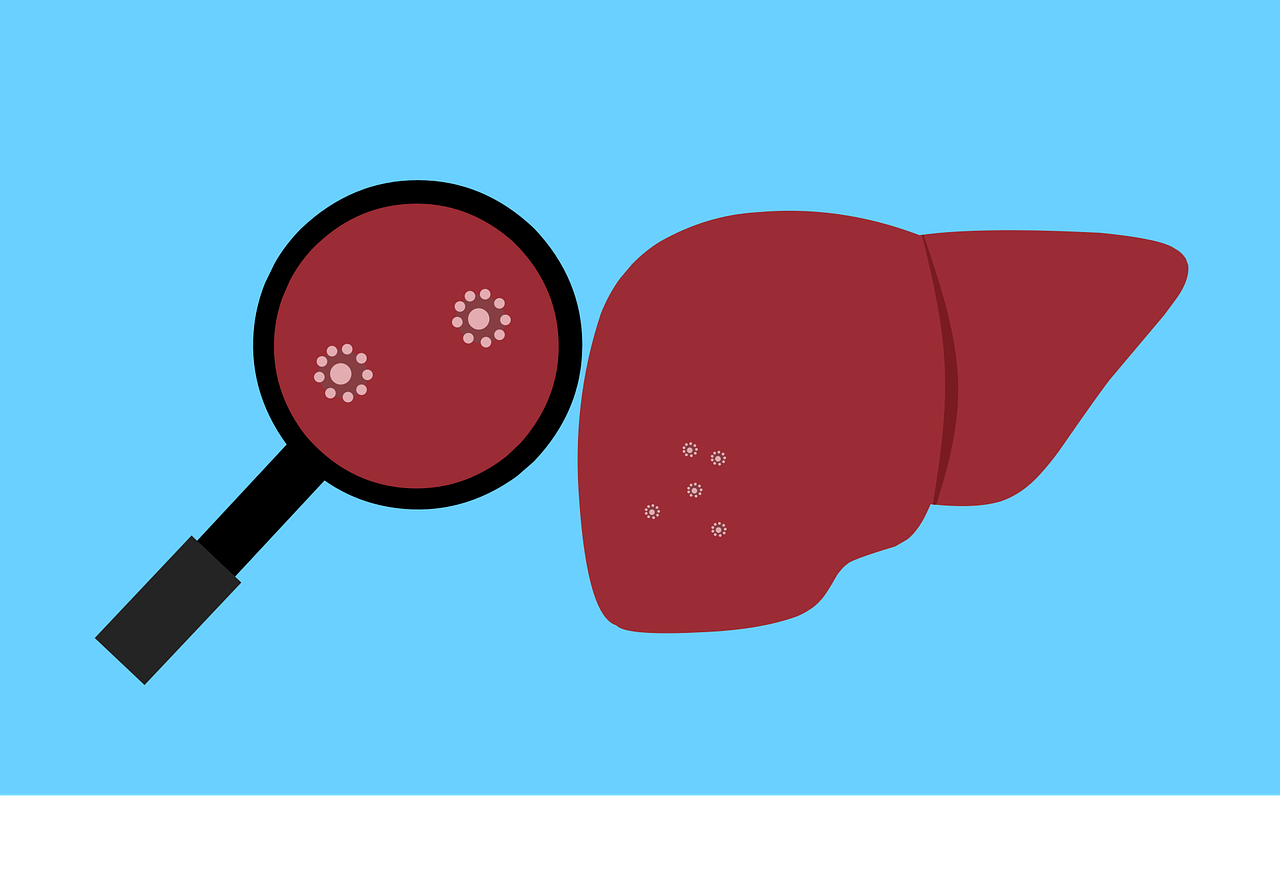Journal/
conference: PLOS ONE
conference: PLOS ONE
Research:Paper
Organisation/s:
The Kirby Institute for Infection and Immunity in Society, The University of New South Wales
Funder:
The Kirby Institute is funded by the Australian Government Department of Health and is affiliated with the Faculty of Medicine, UNSW Sydney. The views expressed in this publication do not necessarily represent the position of the Australian Government. GJD has received research grant funding from Gilead, Merck, and Abbvie. JG has received research grant funding from Camurus, Cepheid, Gilead, Hologic, Indivior, Merck, and Abbvie unrelated to this work. JG is supported by an Australian National Health and Medical Research Council (NHMRC) Investigator Grant (#1176131). Funders did not have any additional role in the study design, data collection, and analysis, decision to publish, or preparation of the manuscript. The specific roles of each author are articulated in the ‘author contributions’ section.



 Australia; NSW
Australia; NSW


